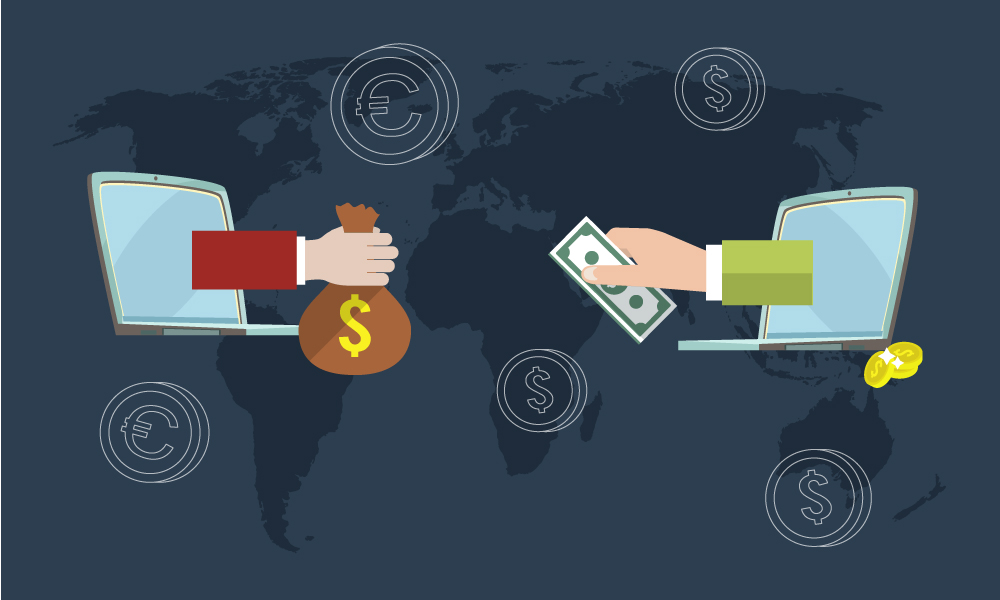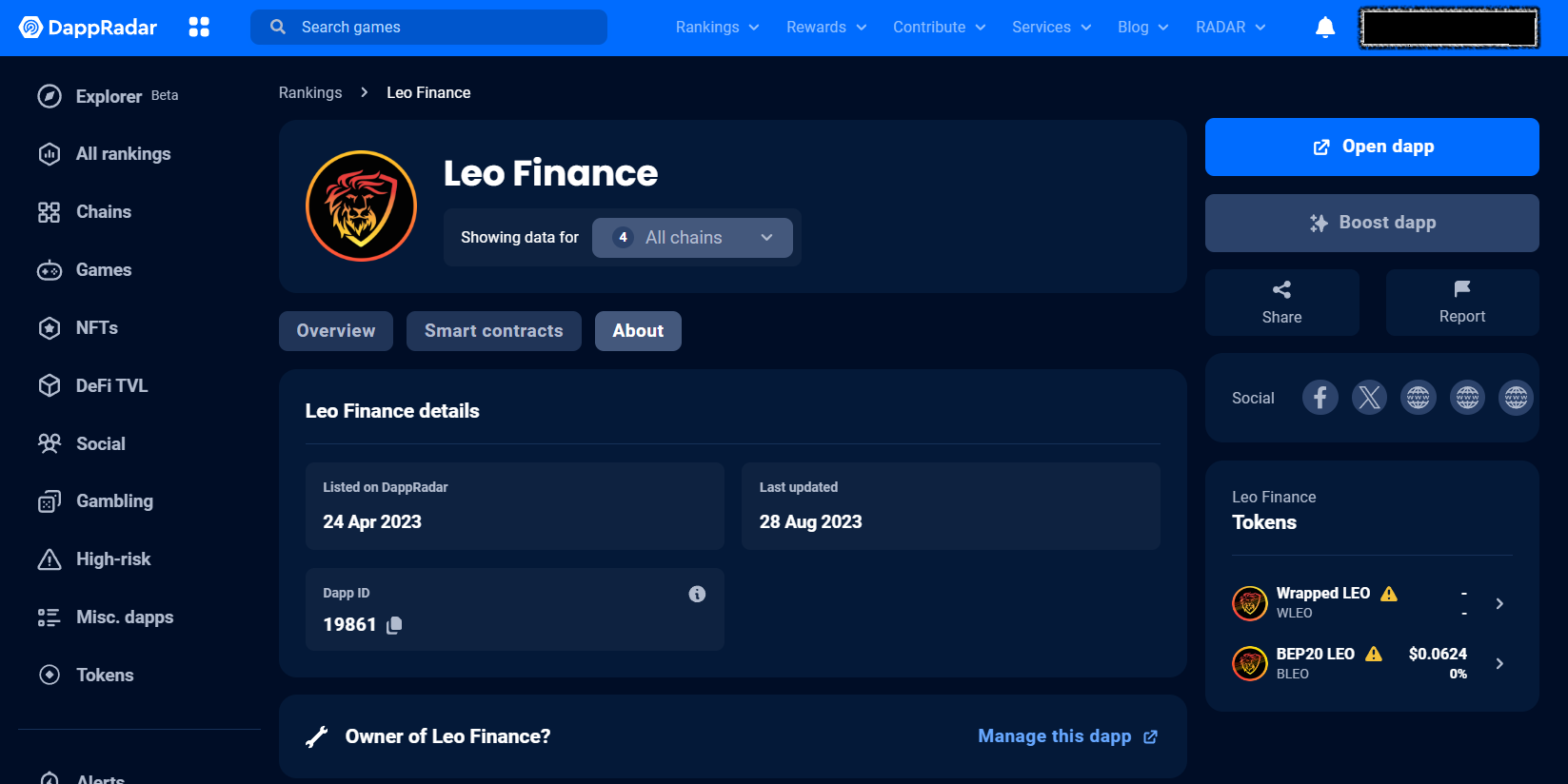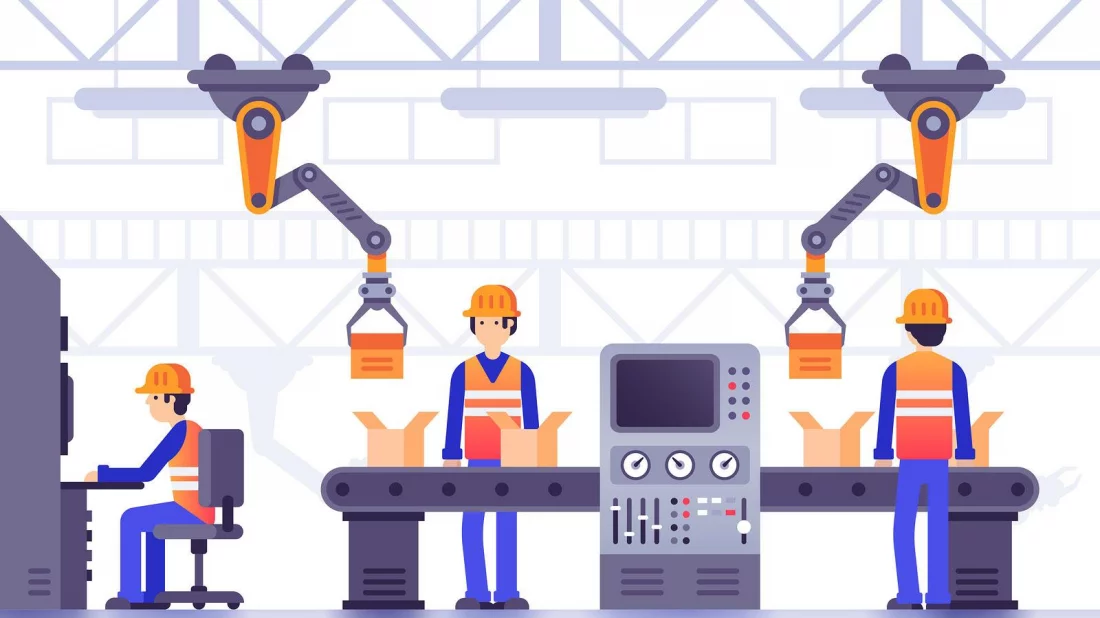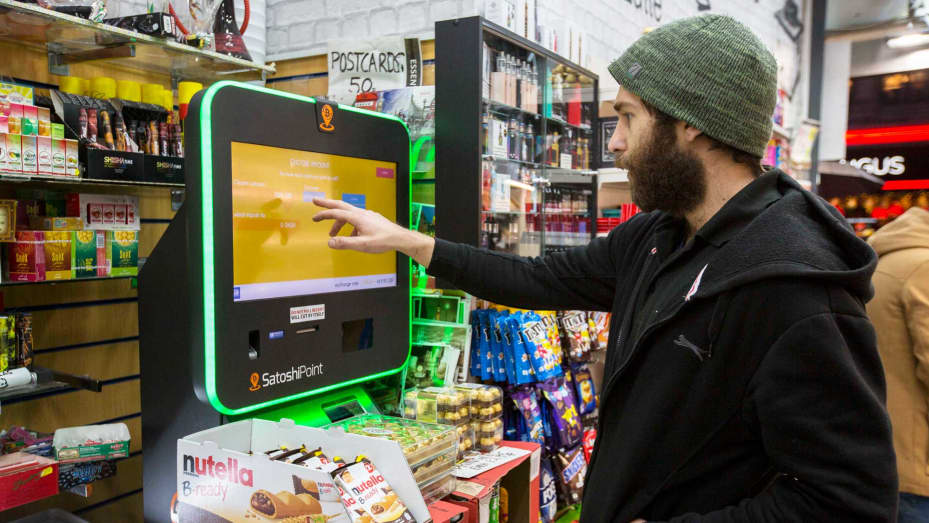Introduction- P2P Knowledge
Peer-to-peer (P2P) lending is a financial innovation that has been gaining traction in recent years. It is a form of direct lending that connects borrowers and lenders directly, without the need for an intermediary such as a bank or financial institution. P2P lending typically takes place online, through platforms that match borrowers and lenders. P2P lending is a great option for borrowers who are seeking unsecured loans. Unlike traditional bank loans, P2P loans do not require collateral, which makes them more accessible to a wider range of borrowers. In addition, P2P loans often have lower interest rates than traditional bank loans, making them more affordable for borrowers.
Let us consider P2P Payments. The term is straight forward, speaking to perhaps a part of the lending process. But I will still bore your intellect with somewhat of a definition. P2P payments involve the transfer of funds from one person’s bank account to another person’s bank account. With the advent of wallets, digital currencies and crypto currencies, we see more people moving further and further away from traditional banking. Banks have even caught on to this trend and have tailored their operations and products to meet what the new customers want. But I guess I will explore that point at a later date. The global P2P payment market is projected to reach $9,097.06 billion by 2030, growing at a CAGR of 17.3% from 2021 to 2030. The global P2P lending market has grown at a CAGR of around 25% during 2014-2019 and it is expected to continue its strong growth during the forecast period.
Benefits vs Risks
It’s worth noting that the term “peer-to-peer” is a relatively recent addition to the English language. In its earliest known uses from the 1960s, it referred to something that occurs directly between human peers, people who are similar in age, grade, or status. In the context of computer networking, it refers to the concept of two or more devices connected and sharing resources in a decentralized manner, rather than relying on a central server or authority.
For lenders, P2P lending provides an opportunity to earn higher returns on their investments than they would with traditional savings accounts or certificates of deposit. P2P lending platforms typically have a built-in system for evaluating borrowers, which helps to minimize the risk for lenders.
Please note that some of these benefits and risks may depend on the specific P2P lending platform and the market conditions.
P2P lending is not only beneficial for borrowers and lenders, but it also has a positive impact on the economy as a whole. By providing access to credit for individuals and small businesses, P2P lending helps to promote economic growth and job creation; especially by:
- Increased efficiency in loan application and funds disbursal to help small business owners
- Increased innovation in financial sector from competition in low interest rates
- Increased loan diversity helping small business owners and the hard-working, regular joe tailor these loans to their specific needs.
Other P2P Applications
Peer-to-peer (P2P) is a type of computer network often used for the distribution of digital media files. In a peer-to-peer (P2P) network, each computer acts as both a server and a client, supplying and receiving files, with bandwidth and processing distributed among all members of the network. P2P networks are decentralized, using resources more efficiently than traditional networks, and are ideal for file sharing on the internet. P2P is also used to share other computing resources such as processing power, network bandwidth, or disk storage space.

Daviplata is a business unit of one of the largest banks in Colombia, Banco Davivienda, which launched in 2011 as a mobile wallet for person-to-person payments (P2P) in partnership with Redeban, a payments operator.
Carilend is the first Peer to Peer lending site in Barbados and provides online lending platform services in Jamaica for borrowers and lenders.
However, P2P networks and applications also bring certain risks, and it is recommended that a multi-faceted approach to controlling them be implemented. Applications such as BitTorrent and PopcornTime use a series of computers as a network allowing individuals to share files back and forth between each other without relying on a central location, but this can also be used for illegal sharing of copyrighted materials.
Central, Latin America and Caribbean Uses
P2P lending is a hugely successful model for alternate financing across the globe and it’s gaining traction in Jamaica as well. I guess more people there will be talking about crypto soon. As I read MoneyMade.io’s article, “Cut Out the Middleman”, I thought that since the P2P market is expected to grow in Central America the Caribbean must be included.
Companies like Biztech P2P are leading the way in P2P lending in Jamaica, providing borrowers with a fast and convenient way to get the loans they need.

Carilend is popular in Barbados and Jamaica. Since the pandemic though, the market impact of Carilend in Jamaica was not what I expected. Although it is a part of the VM Group, the VM customer service tradition seems to be non-existent there. Although it’s an online platform, some semblance of timely communication and adequate response is still needed.
Based on reviews, Daviplata in Columbia, is doing too bad. The good thing is that the unbanked are getting options to fund their life activities. These same unbanked persons would have to “jump through hoops” to get their “doggy treat” and a bank account. P2P lending is a great option for those who are tired of the traditional banking system. Banks can be slow and bureaucratic, making it difficult for borrowers to get the financing they need. P2P lending cuts out the middleman and puts borrowers and lenders in direct contact with each other. This means that borrowers can get the financing they need faster and at a lower cost.
But P2P lending isn’t just for borrowers. It’s also a great option for lenders who are looking for higher returns on their investments. Instead of putting their money in a savings account or certificate of deposit, they can lend it directly to borrowers and earn a higher return. And, with P2P lending platforms like Biztech, lenders can easily diversify their portfolio and spread their risk. Biztech Loans was launched 2015 in Jamaica. They boast of being the safest peer to peer loan agency.

Their application process is smooth and customer service is decent. Biztech uses a unique algorithm to match borrowers and lenders, ensuring that the right people are getting the right loans. And they use a strict verification process to ensure that borrowers are creditworthy. This means that lenders can rest easy knowing that their investments are in good hands.
The Future
P2P payments and lending have been gaining momentum worldwide and are increasingly being adopted by consumers and small businesses. These trends are expected to continue in the future and various strategies are being suggested for players in the market to capitalize on them.
In fact, P2P lending could shape the global financial sector forever. The Southeast Asian market grew over 500% between 2017 & 2018. Coupled with countries going cashless P2P lending will reach deeper into global markets. Denmark is the only market in which cash was not the most popular tool for low-value P2P transactions, with mobile apps being the most popular choice. Higher-value P2P transactions are heavily dominated by bank transfers, proving that banks are currently in a strong position to serve their customers through P2P services.
Although banks are still used as transfer mediums in informal P2P transfers, most banks are oblivious to the trend in P2P transactions.
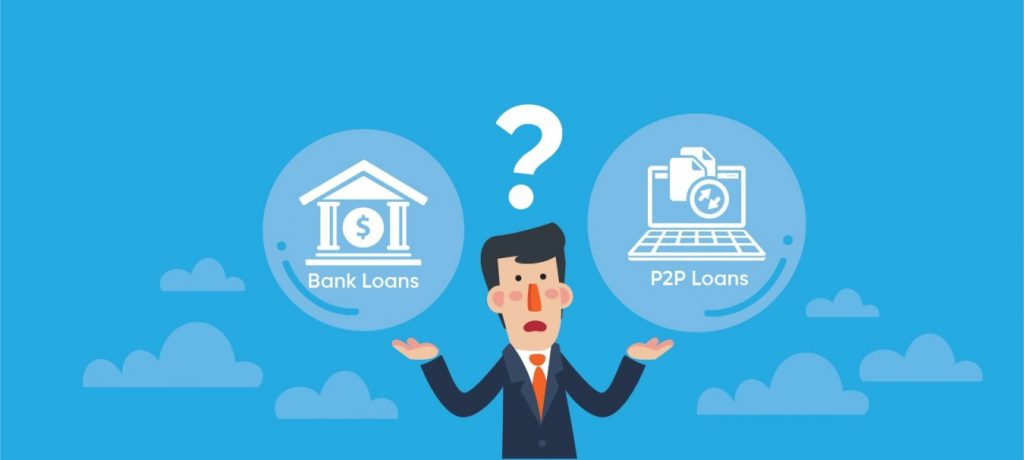
If banks start partnering with alternative lending companies, these big banks will benefit greatly. They will be able to offer more to their existing customers and gain new ones by enticing the currently unbanked people in their respective regions.

While people from countries like Australia, Canada, and Europe have the option to use P2P lending platforms, there is potential to provide unprecedented access to financial services for people in developing countries. And as P2P service providers grow in developing countries, competition between these P2P companies will grow, forcing them to fight for market share with user experience or customer service. The use of Artificial Intelligence (AI) will be used to make customer service more efficient. AI will also allow greater data gathering and processing easier or even assist in automating services in their operations.

A possible advance for some of the P2P lending agencies is operating their lending platform on the blockchain. One network that has piqued my interest is the HIVE network. So many decentralized apps have been created on the Ethereum blockchain relating to finance and trading. But Hive is the only platform I have seen so far that has messaging and social sharing on a blockchain. The social media aspect of Hive through the decentralized applications built on its eco system can bolster the communication aspect of a peer-to-peer network while the general blockchain security and ledger features will cover transaction security concerns of each peer involved in the lending/ borrowing process.
With a platform like HIVE, P2P companies could allow greater communication between peers. The curation rewards on HIVE would offer additional bonus for peers to earn. So as peers communicate about their transaction and the platform for example broadcasts a transaction between two specific peer accounts, either of them could upvote or downvote the comments by either party to let other peers on the network know about their experience and validate transactions.
Sources
- https://www.investopedia.com/terms/p/peer-to-peer-lending.asp
- https://corporatefinanceinstitute.com/resources/wealth-management/peer-to-peer-lending/
- https://www.indeed.com/career-advice/career-development/what-is-p2p-lending
- https://finbold.com/guide/p2p-lending-best-platforms-to-invest-pros-cons/
- https://financer.com/us/wiki/peer-to-peer-lending/
- https://www.forbes.com/advisor/personal-loans/peer-to-peer-lending/
- https://www.merriam-webster.com/dictionary/peer-to-peer
- https://www.blockchain-council.org/blockchain/peer-to-peer-network/
- https://en.wikipedia.org/wiki/Sharing_economy
- https://www.cgap.org/blog/mobile-payments-take-shape-in-latin-america-caribbean
- https://www.bis.org/publ/qtrpdf/r_qt2012f.htm
- https://www.britannica.com/technology/P2P
- https://readwrite.com/p2p_introduction_real_world_applications/
- https://www.indeed.com/career-advice/career-development/what-is-a-peer-to-peer-network
- https://www.digitalcitizen.life/what-is-p2p-peer-to-peer/
- https://media.paloaltonetworks.com/documents/Controlling_P2P_Apps.pdf
- https://www.informit.com/articles/article.aspx?p=30212&seqNum=5
- https://kb.ndsu.edu/page.php?id=96129
- https://biztechmagazine.com/article/2020/03/how-machine-learning-improves-banks-customer-experience
- https://www.alliedmarketresearch.com/p2p-payment-market
- https://www.globaldata.com/store/report/p2p-the-disruptive-potential-new-tools-and-technologies-are-changing-the-face-of-domestic-and-international-payments/
- https://www.statista.com/statistics/325902/global-p2p-lending/
- https://www.morganstanley.com/ideas/p2p-marketplace-lending
- https://www.businesswire.com/news/home/20201215005523/en/Global-Peer-to-Peer-P2P-Lending-Market-Trends-Growth-Opportunity-Report-2020-2025—ResearchAndMarkets.com
- https://thefinancialbrand.com/news/payments-trends/p2p-payments-trends-zelle-paypal-fiserv-covid-19-real-time-115632/
- https://p2pglobal.info/2020/12/08/looking-ahead-channel-trends-and-strategies-new-year/
- https://www.pmifunds.com/p2p-lending-trend-watch-interactive-chart-data
- https://p2pglobal.info/

